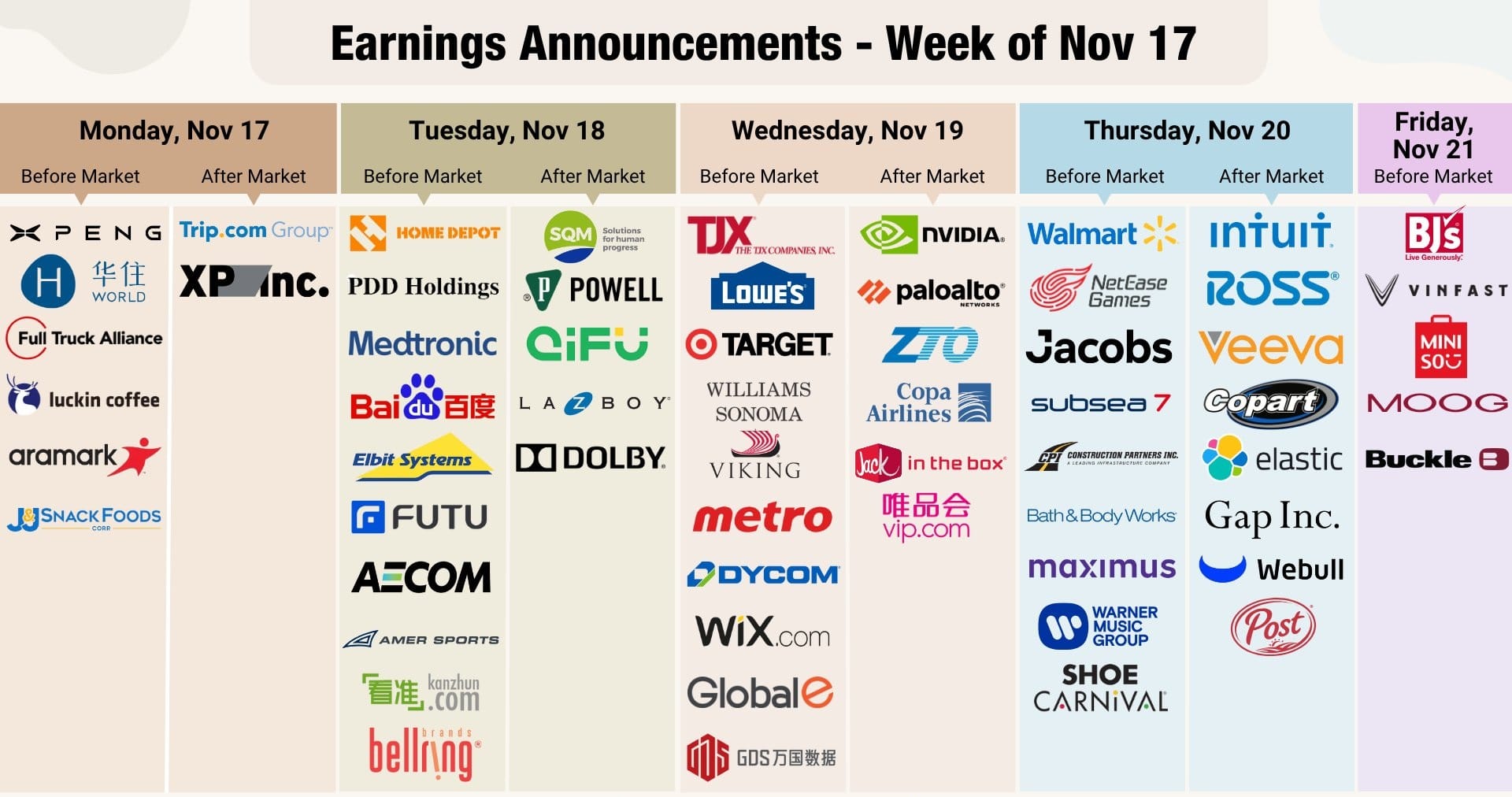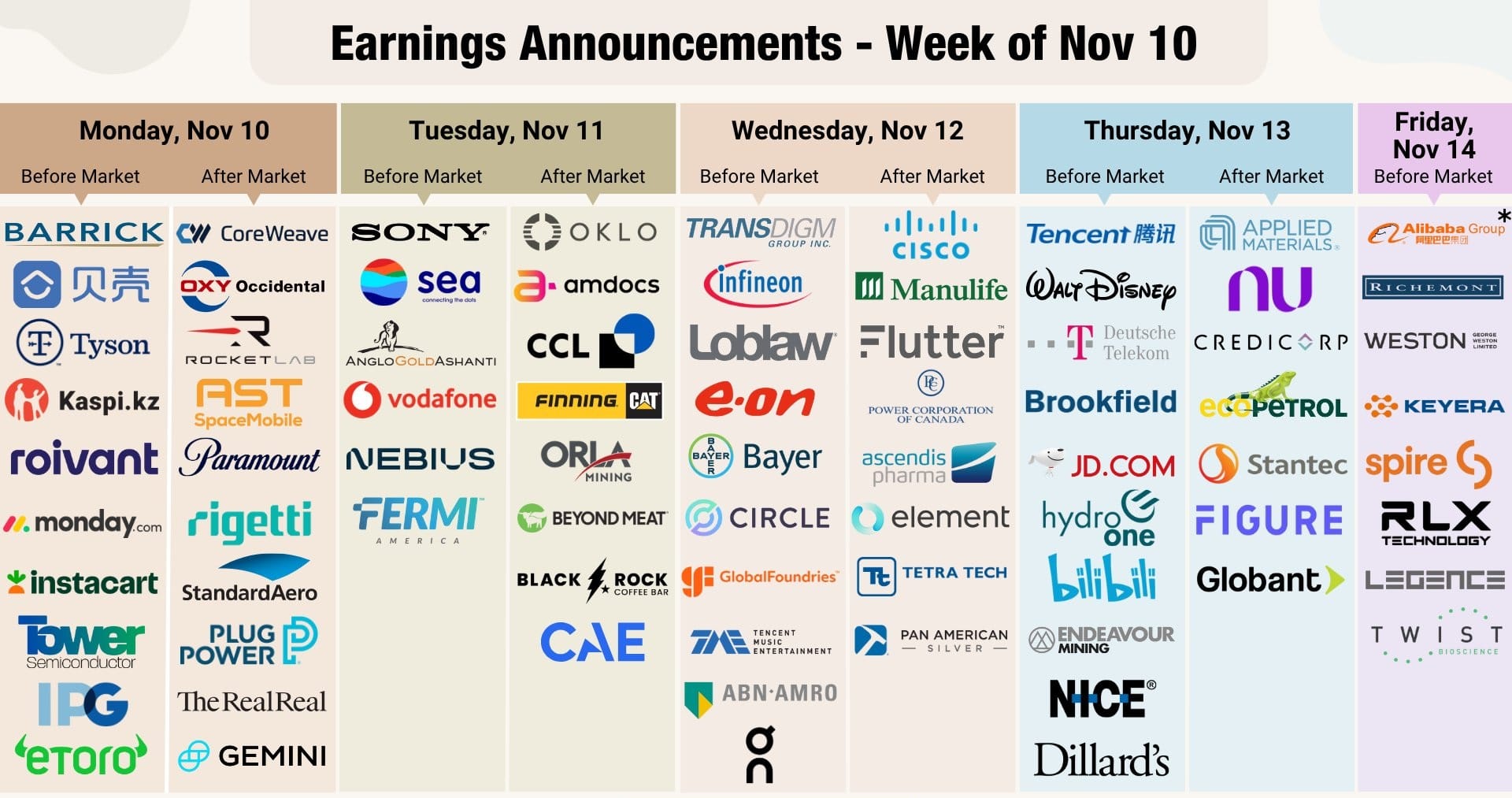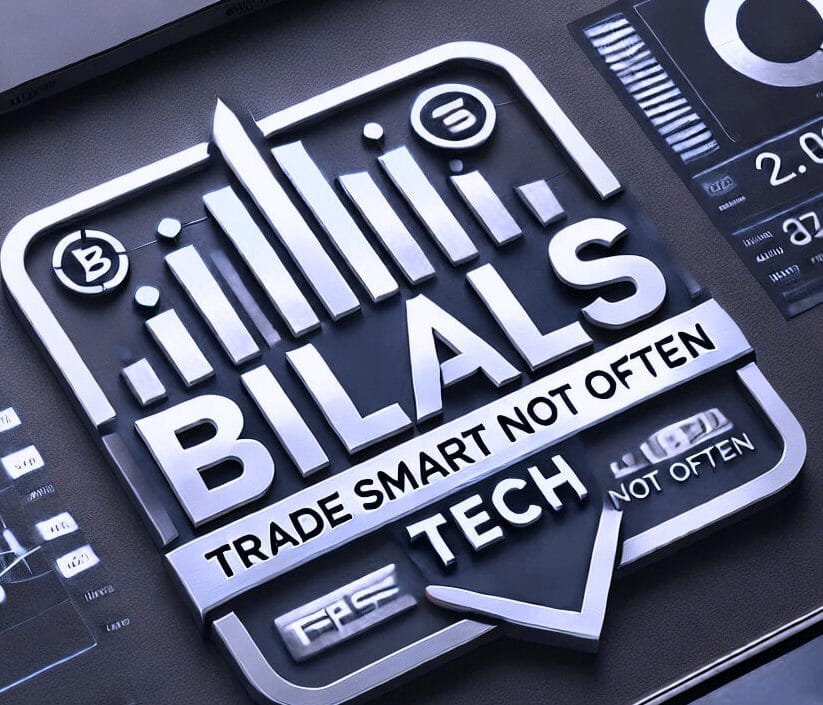Introduction: The Era of Global Financial Shifts
Global financial shifts are redefining the balance of markets, technology, and trade. Finance professionals and newcomers alike are witnessing an environment shaped by policy pivots, artificial intelligence, and tariff-driven trade transformations. Each decision by central banks, every innovation in artificial intelligence, and every move in global trade reverberates across economies and portfolios.
The world economy is no longer defined by predictable cycles—it is in a constant state of adjustment. Monetary policy shifts test the resilience of economies. Artificial intelligence in finance is transforming both expectations and execution. Global trade policies are forcing businesses to rethink supply chains in real time. For investors, these forces create challenges but also opportunities for strategies that can thrive in this new equilibrium.

Monetary Policy Trends Reshaping Global Markets
The Federal Reserve’s Balancing Act
At the core of today’s global financial shifts are monetary policy trends. The Federal Reserve, after years of tightening, is under pressure to pivot toward rate cuts. Yet, every inflation release and jobs report complicates this decision.
- Consumer resilience remains strong, with U.S. spending rising steadily.
- Inflation stickiness, particularly in services, continues to challenge the Fed’s goals.
- Labor market signals suggest cooling, but not collapse.
The central question: should the Fed ease to support growth, or hold firm to prevent inflation from reigniting? Markets are pricing in cuts, but uncertainty lingers.
Politics Meets Policy
Adding volatility is the unusual friction around Fed independence. Political efforts to influence or dismiss central bankers raise questions about autonomy. For global investors, this represents a risk that is hard to model but impossible to ignore—where politics becomes a hidden variable in financial markets.
Global Ripple Effects
Other economies mirror these challenges. The European Central Bank and Bank of England face similar inflation-versus-growth dilemmas. Emerging markets remain vulnerable to dollar strength, as U.S. policy shapes capital flows worldwide.
Artificial Intelligence in Finance: Disruption Meets Reality
From Euphoria to Execution
Artificial intelligence in finance has moved from hype to hard reality. The valuations of AI-driven companies surged, only to face corrections as investors demanded profitability.
- Nvidia and Dell highlight both the promise and the cost of scaling AI infrastructure.
- Marvell Technology exposed the irregular cycles of AI hardware sales.
- Alibaba Cloud demonstrated that AI adoption is translating into tangible revenue growth.
This volatility is not the collapse of the AI narrative—it is the transition from limitless expectation to measurable execution.

AI’s Strategic Momentum
Despite stock fluctuations, the momentum of AI in financial markets is undeniable. Financial institutions are deploying AI in:
- Algorithmic trading and risk modeling
- Fraud detection and compliance monitoring
- Client servicing and personalized investment strategies
Investors are also gaining access to AI through financial products, such as ETFs targeting autonomous and “agentic” AI systems. These products reflect both strong demand and the evolving sophistication of market vehicles.
The Bigger Picture
AI’s disruption is not a bubble bursting—it is a consolidation. Strong companies with execution strategies will lead. Weak players relying on hype will fade. For markets, this represents a sorting process that strengthens the long-term foundation of AI in finance.
Global Trade Transformation and Tariff Impacts
End of the “De Minimis” Era
Global trade transformation is no longer theoretical. The U.S. ended the “de minimis” exemption that allowed imports under $800 to enter duty-free. The result: higher costs for e-commerce, consumers, and businesses relying on affordable global supply chains.
Winners and Losers
- Domestic manufacturers benefit, particularly in textiles, where tariffs close loopholes once exploited by fast-fashion importers.
- Multinationals like Caterpillar face profit squeezes as tariff-related costs rise.
- Consumer goods firms such as Campbell Soup and J.M. Smucker see higher input costs.
- Retailers like Macy’s face weaker demand just as costs rise, while discount chains such as Dollar Tree may capture budget-conscious shoppers.
The Geopolitical Circuit Breaker
The U.S.–China trade standoff underscores mutual dependency: the West needs advanced semiconductors, while China controls rare earth supply chains. Temporary truces highlight that decoupling is slow, but inevitable. For businesses and investors, this dynamic demands long-term strategies to hedge geopolitical risk.
Sector Performance: Winners, Losers, and Emerging Opportunities
Digital Finance & FinTech
“Buy Now, Pay Later” firms like Affirm benefit from consumer credit shifts, but face growing competition. Margins are tightening as more players crowd the space.
Consumer Discretionary & Retail
Retail bifurcates: luxury and strong brands like Lululemon grow, while mass retailers struggle. Consumers are more selective, rewarding value and brand identity.
Food & Beverage
PepsiCo’s investment in Celsius highlights the pivot to functional drinks, reflecting health-conscious consumer shifts. Strategic acquisitions dominate this space as legacy firms chase growth categories.
Corporate Strategy & M&A
Kraft Heinz considers splitting units, underscoring a trend of firms refocusing on core competencies. This “back to basics” approach reflects both investor pressure and operational necessity.
Canada’s Position in the Global Financial Shift
Canada’s economy, closely tied to U.S. trade flows, contracted amid tariff impacts. Yet policymakers are responding with structural reforms, such as a new Major Projects Office to accelerate approvals for resource development.
This represents Canada’s attempt to strengthen competitiveness and reduce vulnerability to external shocks. For investors, Canada offers opportunities in natural resources and infrastructure but faces risks in trade dependency.
Investor Strategies for an Era of Uncertainty
Managing Margin Pressure
Companies and investors must account for tariffs, supply chain costs, and tighter margins.
Separating Hype from Value
In AI and beyond, execution matters more than promises. Strategies should focus on firms with proven paths to profitability.
Reading Central Bank Signals
Understanding monetary policy trends—beyond headlines—is key. Rate cuts or pauses carry ripple effects across currencies, bonds, and equities.
Selective Consumerism
Consumer behavior favors resilience and value. Investors should identify brands and sectors positioned to thrive in this selective environment.

Conclusion: Navigating Global Financial Shifts with Clarity
Global financial shifts are not passing events—they are the new normal. Monetary policy, artificial intelligence, and trade transformations are reshaping the global economy. Volatility is not merely risk—it is opportunity for those who adapt.
For finance professionals and newcomers, the task is clear: embrace depth of analysis, balance caution with conviction, and recognize that today’s global financial shifts are tomorrow’s defining realities.












